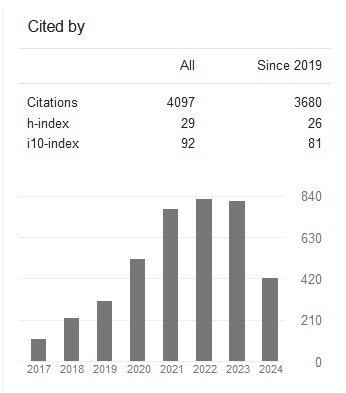An Experimental Investigation and Comparative analysis on a Four Stroke CI Engine with two Straight Bio-Diesel Blends: Hazelnut and Palm( Vol-2,Issue-6,June - June 2016 ) |
|
Author(s): T. Krishnaiah, Dr. V. Pandurangadu, Dr. V. Nagaprasadanaidudu |
|
Keywords: |
|
|
Biodiesel, Emissions, Non-edible oils, Performance. |
|
Abstract: |
|
|
An experimental analysis was made to investigate two non edible oils (hazelnut and palm), blending with neat diesel fuel with the proportions of 5%, 10%, 15%, 20% and 25% by volume and used as fuel in a single cylinder, four stroke, water cooled, Compression Ignition engine. Experimental tests were conducted by using the above bio-diesel blends as fuel operated with the above mentioned engine working at various loads. Performance parameters and exhaust emissions of hazelnut and crambe bio-diesel blends are compared with the same results of diesel fuel. Performance parameters selected to analyze are Brake Thermal Efficiency(BTHE), Brake Specific Fuel Consumption(BSFC) and Exhaust Gas Temperature(EGT) and exhaust emissions selected to investigate are Carbon Monoxide emissions(CO), Oxides Of Nitrogen(NOx) and smoke density(SD). From the results of all blends used as fuel in the engine, it is clarified that CI engine showing better performance by using a hazelnut bio-diesel blend with proportions of 20% hazelnut bio-diesel and 80% normal diesel fuel. Traditional Engine with bio-diesels as fuel are showing acceptable reduction in emissions like hydro carbons and oxides of carbon but with marginal increase in oxides of nitrogen compared with diesel fuel. But BTHE of Bio-diesel blend is less than the BTHE of diesel fuel operating in the same engine. From all the blends Hazelnut bio-diesel blends are giving better performance parameters and decreased emission characteristics hazelnut oil having better properties immediately after diesel fuel when compared with remaining bio-diesel blends. |
|
Cite This Article: |
|
| Show All (MLA | APA | Chicago | Harvard | IEEE | Bibtex) | |
Share: |
|

 DOI:
DOI: 



























